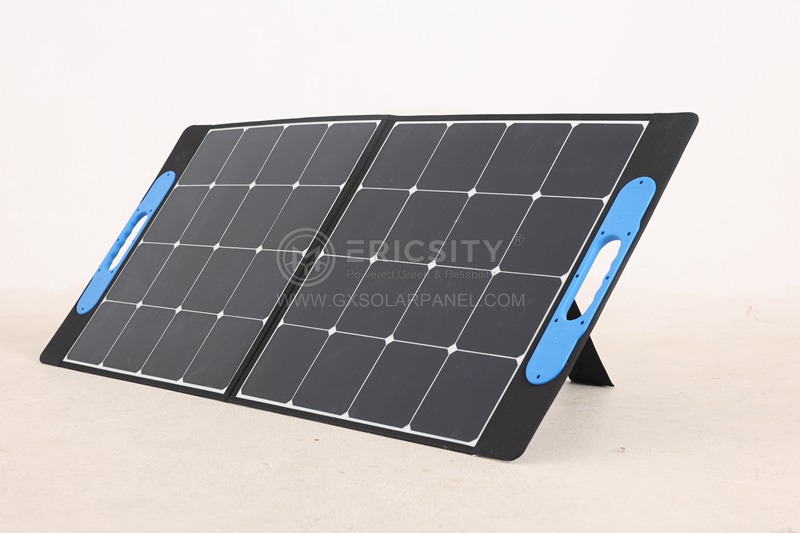HOT PRODUCT
Product Details
The Science Behind Camper Solar Panels: How They Generate Power
The Science Behind Camper Solar Panels: How They Generate Power
In recent years, camper solar panels have become increasingly popular among outdoor enthusiasts, providing an efficient and sustainable source of power while on the road. These solar panels harness the sun’s energy, converting it into usable electricity to power various appliances and charging systems. To understand the science behind this incredible innovation, let’s take a closer look at how camper solar panels generate power.
Solar panels, also known as photovoltaic (PV) panels, are composed of multiple solar cells made of semiconducting materials, such as silicon. These solar cells are responsible for converting sunlight into electricity through a process called the photovoltaic effect. The concept is based on the properties of certain materials that can generate an electric current when exposed to light.
The photovoltaic effect occurs when photons (light particles) strike the surface of the solar cell. This incoming light excites the electrons present in the semiconducting material, causing them to be set into motion. The cells are structured in a way that promotes the flow of these electrons, guiding them along a circuit. This creates a flow of direct current (DC) electricity.

To make solar panels suitable for powering campers, several factors are taken into consideration. Firstly, the size and power output of the panels are designed to fit the limited space available on the roof of a typical camper. They are also engineered to be lightweight for easy installation and to minimize any impact on the vehicle’s fuel efficiency.
Additionally, the materials used in manufacturing these solar panels are chosen for their efficiency and durability. Monocrystalline and polycrystalline silicon solar cells are commonly used due to their high efficiency in converting sunlight into electricity. These cells are encased in a protective layer made of materials like tempered glass, which is resistant to weather conditions and can withstand impacts from debris during travel.
Efficiency is a critical factor to consider when selecting camper solar panels. It refers to the percentage of sunlight that the solar cells can convert into usable electricity. Higher efficiency panels can generate more power using the same amount of sunlight, providing better performance in varying weather conditions and during shorter daylight hours.
To optimize power generation, solar panels are strategically positioned to face the sun. Mounting systems allow for easy adjustment of the panel’s tilt and rotation, ensuring maximum exposure to sunlight. Moreover, manufacturers often add bypass diodes to minimize energy loss caused by partial shading or dust accumulation on the surface of the panel.
Once the solar panels have converted sunlight into DC electricity, it needs to be converted into a form that is compatible with the appliances and charging systems used in campers. This is done using an inverter, which transforms the DC electricity into alternating current (AC), the type of electricity used in most household devices. With the help of the inverter, campers can power their laptops, lights, refrigerators, and other electronic devices directly from the sun’s energy.
To store excess electricity for use during the night or on cloudy days, camper solar panel systems often include a battery bank. These batteries store the converted electricity for later use, providing a steady supply of power when sunlight is not available. This feature ensures a continuous and reliable source of energy, allowing campers to enjoy their trips without the need for traditional power sources.

In conclusion, camper solar panels generate power through the photovoltaic effect, where sunlight striking the solar cells initiates an electric current. The efficiency, design, and materials of these panels are all important factors in maximizing power generation. With the help of inverters and battery banks, campers can enjoy a sustainable and independent power source, reducing their environmental impact while exploring the great outdoors.




